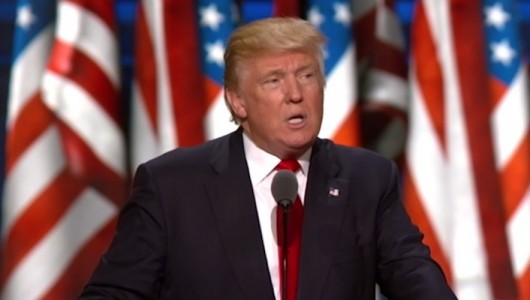Recent contagion was ‘TradFi to crypto’ and not vice versa — Circle policy director

“What happened over the last several days was a bit of an ironic black swan situation where the contagion was not from crypto to TradFi,” said Caroline Hill.
Caroline Hill, the director of global policy and regulatory strategy for stablecoin issuer Circle, has placed some of the blame from the recent collapse of banks tied to crypto on traditional financial institutions rather than digital assets.
Speaking on March 13 at a South by Southwest (SXSW) panel in Austin, Texas, on regulating cryptocurrencies, Hill alluded to some of the concerns around the depegging of Circle-issued USD Coin (USDC) amid reports the firm held more than $3 billion in reserves at Silicon Valley Bank. The price of the stablecoin dropped roughly 10% on March 10 before repegging to $1 on March 13.
“What happened over the last several days was a bit of an ironic black swan situation where the contagion was not from crypto to TradFi — the contagion was TradFi to crypto,” said Hill. “It is another reason why I think regulation is needed bringing stablecoin issuers closer to central banks is the right [way] to go, because ultimately we are a fully reserved model relying on a fractional banking industry.”

U.S. lawmakers including Senators Kirsten Gillibrand and Cynthia Lummis proposed a crypto bill in 2022 that would have stablecoins overseen by the Office of the Comptroller of the Currency. Though never passed in Congress, the senators announced a few updated drafts of the legislation following events in the crypto market crash including the collapse of Terra and FTX.
Hill commented on how the recent events around Silicon Valley Bank, Silvergate Bank, and Signature Bank could affect such legislation going forwar:
“I’m going to hold that [federal standpoint legislation] continues to drive focus on the issue, and I think that it again draws even more importance to the consideration of who stablecoin issuers’ regulator would be, what access they would have that traditional financial institutions have — for instance, the Federal Reserve.”
Scott Bauguess, the vice president of global regulatory policy at Coinbase, said the European Union’s Markets in Crypto-Assets, or MiCA, framework had given the United States a “really nice baseline” for regulation, calling it a “very sensible approach” to crypto following the collapse of a major exchange like FTX. Though MiCA still awaits a final vote from EU policymakers, many expect the framework to go into effect starting in 2024.
Related: Crypto industry may escape lasting damage from Silvergate liquidation
Senator Lummis was originally scheduled to speak on the crypto regulation panel at SXSW. Cointelegraph reached out to her staff, but did not receive a response at the time of publication.









